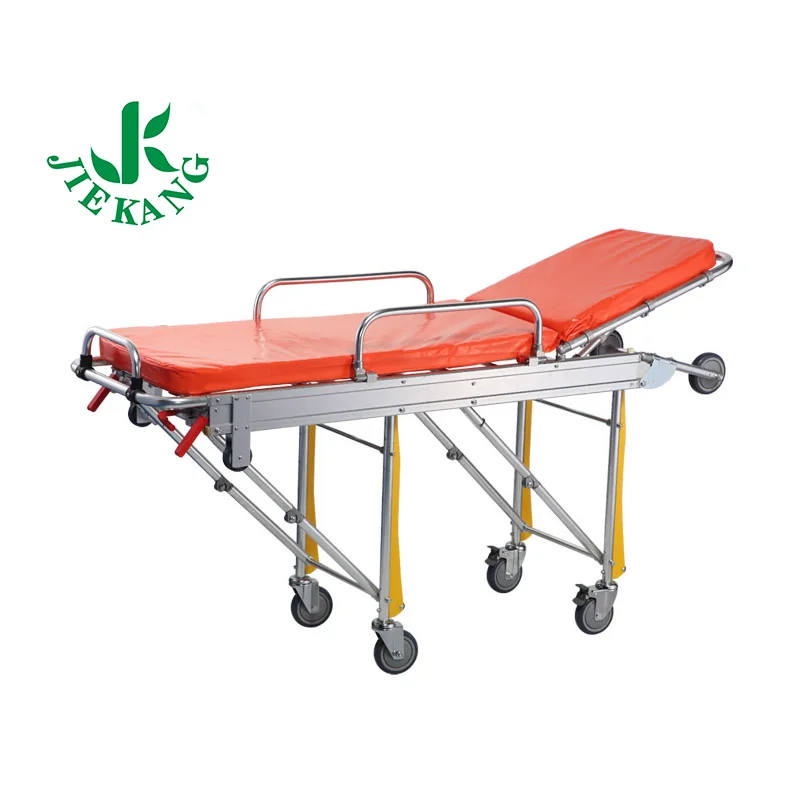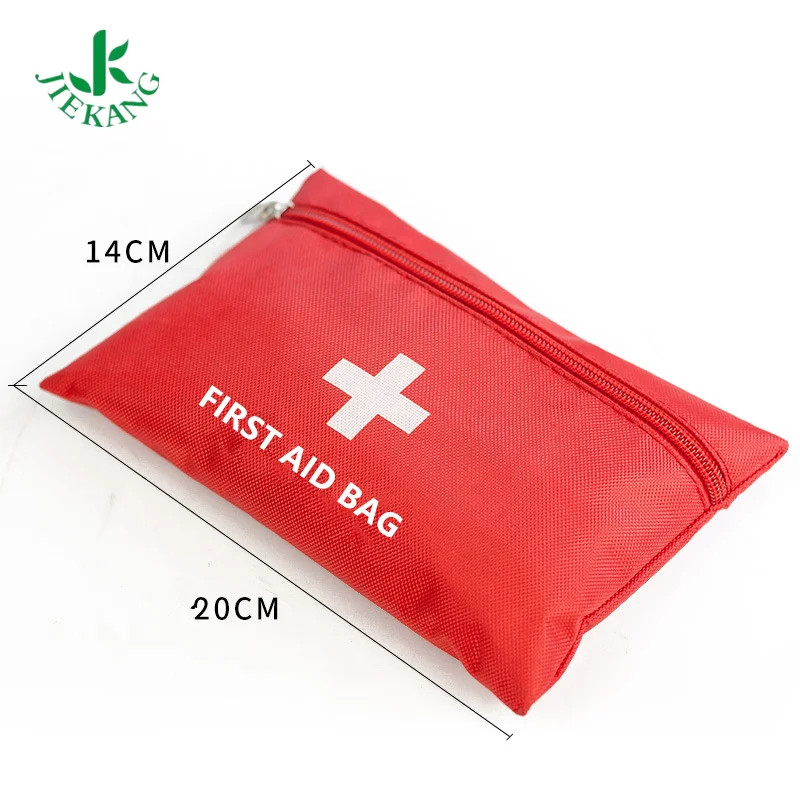Multifunctional Stretcher Deutschland
Multifunctional stretchers are an excellent idea. They improve your emergency team’s versatility by allowing you to use the same stretcher for different emergency rescues. The resulting adaptability will increase the survival rate among your patients.
Multifunctional stretchers are particularly useful in specific types of rescues.
The multifunctional stretcher allows you to transform it into a bed stretcher and a wheelchair. As a wheelchair, you can use it to transport casualties in tight spaces. Similarly, you can unfold it into a bed stretcher for transporting injured patients from open spaces.
Let’s find out more about when you can use a multifunctional stretcher.
1.Rescuing Casualties from Tight Spaces
Rescuing a patient from narrow spaces with tight corners can be challenging. Tight corners make it difficult to navigate a patient on a stretcher without compromising their safety.
The multifunctional stretcher solves this challenge by allowing you to fold it into a wheelchair, as the image below shows:

The wheelchair position occupies less space than the stretcher, allowing you to navigate tight corners. You can also operate the wheelchair stretcher alone, unlike the stretcher, which requires at least two paramedics.
Precautions to Take When Moving Your Patients
Safety is the primary concern when moving your patient from the ground or bed to the wheelchair stretcher. Follow these precautions to ensure safety and make the transfer process easier:
Don’t compromise your back as you lift the patient. Always maintain your back’s natural curve and bend your knees as you transfer the patient to the wheelchair stretcher.
Lock the wheelchair stretcher’s brakes. Locking the brakes will keep the stretcher from moving during the transfer process. The brakes will help you prevent an accident.
If your patient is seated on a bed, have them sit at a right angle between their hips and knees. If on the ground, ensure they sit with their feet flat on the floor. If they’re lying down flat, help them sit by placing one arm under their shoulder and the other behind their knees. Bend your knees as you swing them to the position.
Move the casualty to the bed’s edge, while ensuring their feet touch the ground.
Note: You’ll need the casualty’s help during the transfer process. So, communication with them is essential. If the patient is too injured to help, you’ll have to look for an assistant to help you lift the patient onto the wheelchair stretcher.
You can make cooperation easier by explaining the procedure to the casualty before you begin. The communication will allow you to collaborate and complete the transfer process efficiently.
Lifting the Patient
The most common method of transferring a casualty to the stretcher is using a pivot turn. A gait belt will make the process easier by giving you the grip you need.
During the turn, have your patient reach toward the wheelchair stretcher. Stand close to the casualty before you commence the lifting process. Once you’ve done all these, you’ll both be ready for the transfer.
Follow these steps to move the casualty:
Step 1: Place the casualty’s outside leg between your knees. Their outside leg is the leg located farthest from the wheelchair stretcher. The position will help you support the patient.
Step 2: Assume the right body posture. Bending your knees will help reduce the strain on your back.
Step 3: Help the patient to stand up. Place your arms around the patient’s chest so they (your arms) go around their (patient’s) back. Clasp your hands tightly together behind the patient’s back. Use a gait belt instead if you have one. Lean backward to shift your weight so you can use this momentum to lift them.
Step 4: Sit the casualty down. Once you’ve lifted the casualty, have them pivot towards the wheelchair stretcher. Swing them towards their stronger side so they can help you with the process. Move your feet and keep your hips aligned with your back.
Once their legs touch the wheelchair stretcher’s seat, bend your knees to lower them onto the seat, as the picture below shows. Ask the casualty to reach for the armrest so they can help support their weight as they sit.

Step 5: Help the patient sit comfortably on the stretcher. Place the foot supports.
2.Rescuing from Open Spaces
Open spaces don’t have maneuvering constrictions. As shown below, you can unfold the stretcher into a bed so your casualty can be more comfortable as you transfer them from the accident scene.

When unfolded, you can use the multifunctional stretcher the same way as an ambulance one. The only difference is that you can’t adjust the stretcher’s height as you would an ambulance one.
Safety Tips When Using It as a Bed Stretcher
To ensure your safety and that of the casualty:
Use the stretcher on level ground. The level ground will allow you the best control over the stretcher. It also ensures the casualty enjoys a smoother ride to the ambulance.
Ensure you’re at least three paramedics. You can’t put the patient on the stretcher alone. You’ll also need someone to help you navigate the stretcher to the ambulance.
Unfold the stretcher properly and lock all the joints into position to prevent it from collapsing with the patient on it.
Placing Your Casualty on the Stretcher
Follow these steps when transferring your patient to the stretcher:
Step 1: Place the stretcher as close as possible to the bed. Place a slider board between the bed and the stretcher to act as a bridge. Place a sheet over the slider board. You’ll use this sheet to slide the casualty onto the stretcher.
Step 2: Roll the patient to the slider boards. Have a paramedic stand on the bed’s side and place their hands below the patient’s shoulder and hip area. The other two paramedics can stand on the stretcher’s side and help roll the patient over the slider board. The team leader should coordinate the rolling process.
Step 3: Ask the two paramedics to pull the slider board sheet to get the patient onto the stretcher. One paramedic should hold the sheet at the hip while the other aligns themselves with the casualty’s shoulder. At the count of three, the two paramedics should pull the sheet while the other pushes the patient onto the stretcher.
Step 4: Ensure the patient is comfortable. You can place a pillow under their head and neck and cover them. Also, secure them on the bed using the straps.
3.Key Take-Aways
You use a multifunctional stretcher when rescuing a patient from a tight or open space. Folding the stretcher into a wheelchair allows you to retrieve a casualty from tight spots. On the other hand, unfolding it into a bed stretcher enables you to rescue the patient from an open area.
4.Frequently Asked Questions
How many persons are needed to operate a multifunctional stretcher?
It depends on how you want to use it. You can do it alone if you’re using it as a wheelchair. On the other hand, if you’re using it as a bed stretcher, you need two other paramedics.
What is the main advantage of a multifunctional stretcher?
The primary advantage of this stretcher is that it can perform the functions of an ambulance stretcher and a wheelchair. Thus, having one multifunctional stretcher is like having both a stretcher and a wheelchair.
Can I use the multifunctional stretcher over an uneven surface?
Yes. You can fold it into a wheelchair stretcher with larger wheels. The larger wheels are better suited for uneven surfaces than the smaller bed stretcher wheels.

 EN
EN
 AR
AR
 NL
NL
 FI
FI
 FR
FR
 DE
DE
 IT
IT
 PT
PT
 RU
RU
 ES
ES
 TL
TL
 ID
ID
 SR
SR
 VI
VI
 HU
HU
 TH
TH
 TR
TR
 BN
BN
 LO
LO
 LA
LA
 NE
NE
 MY
MY
 KK
KK






